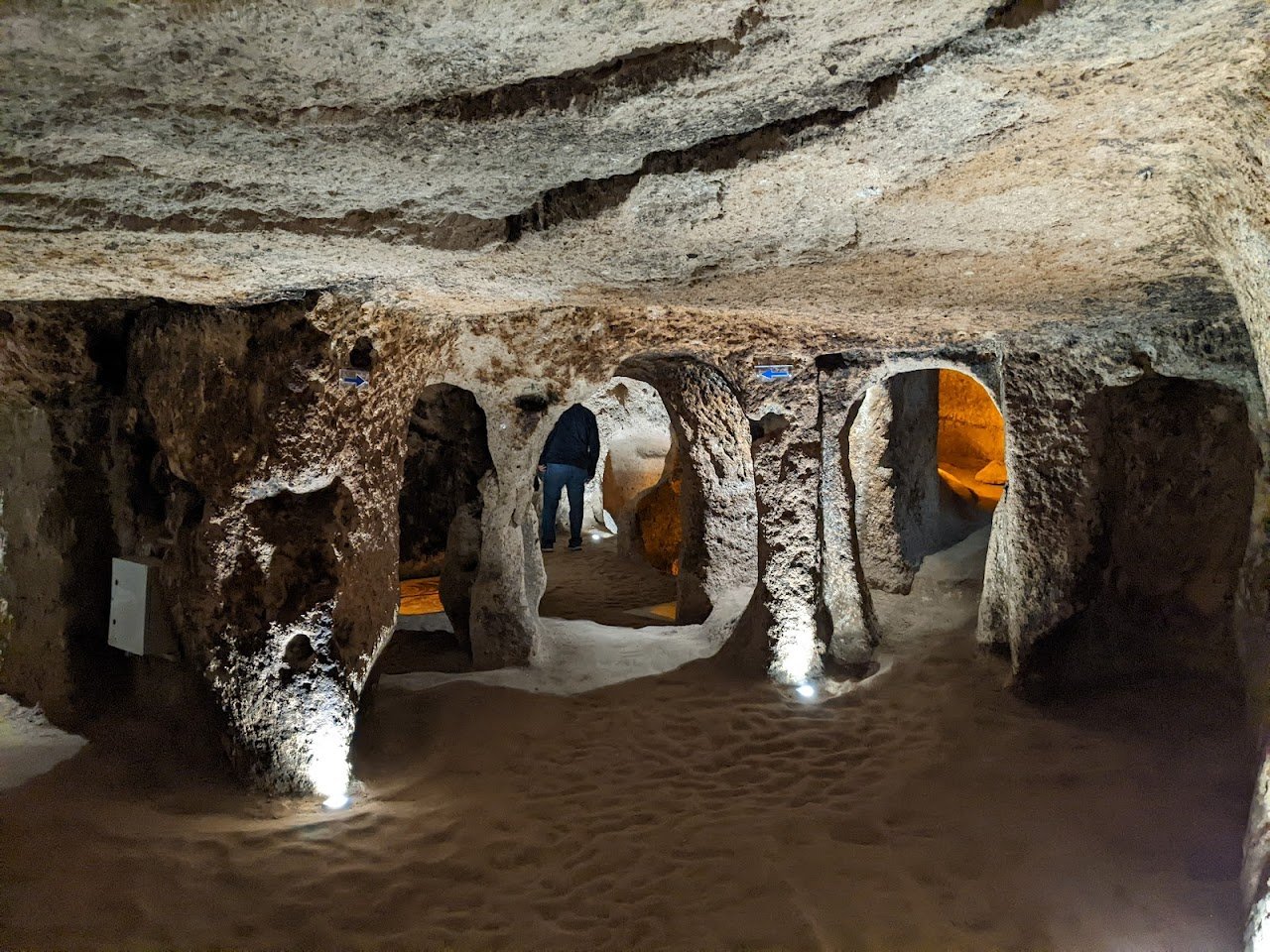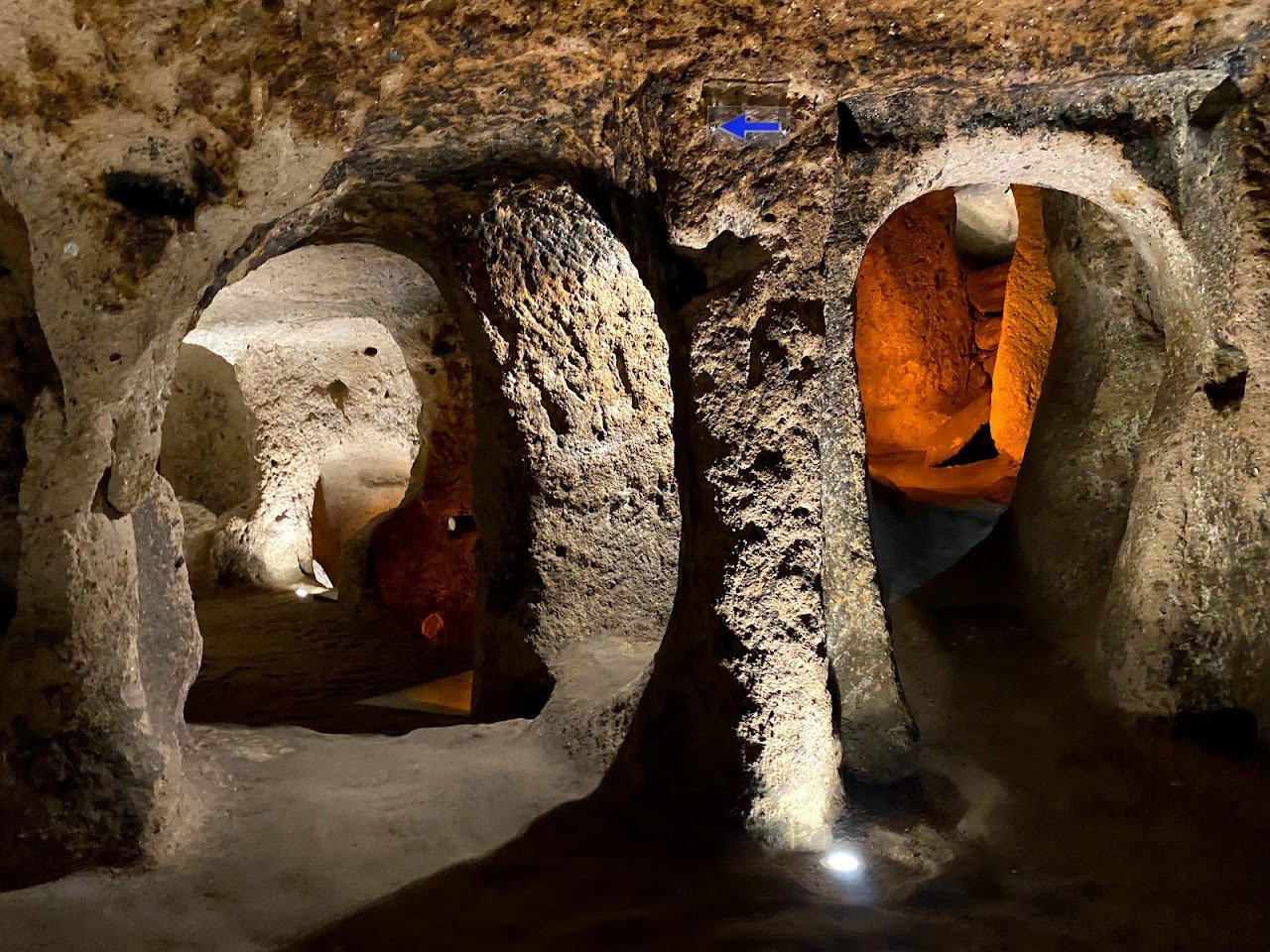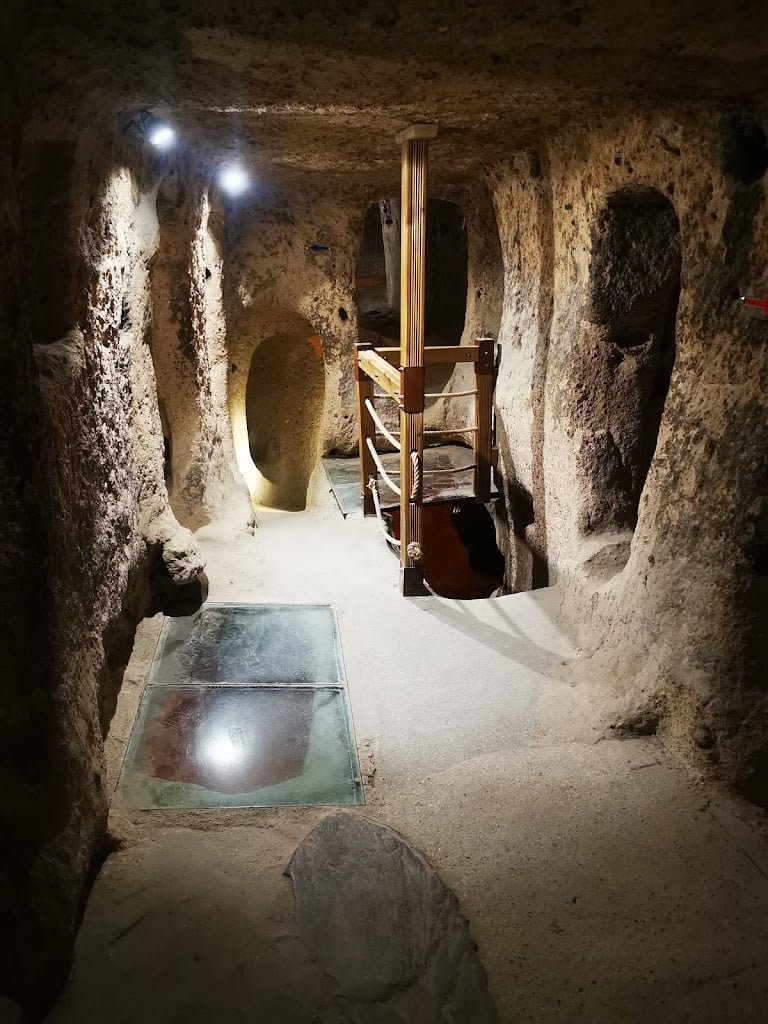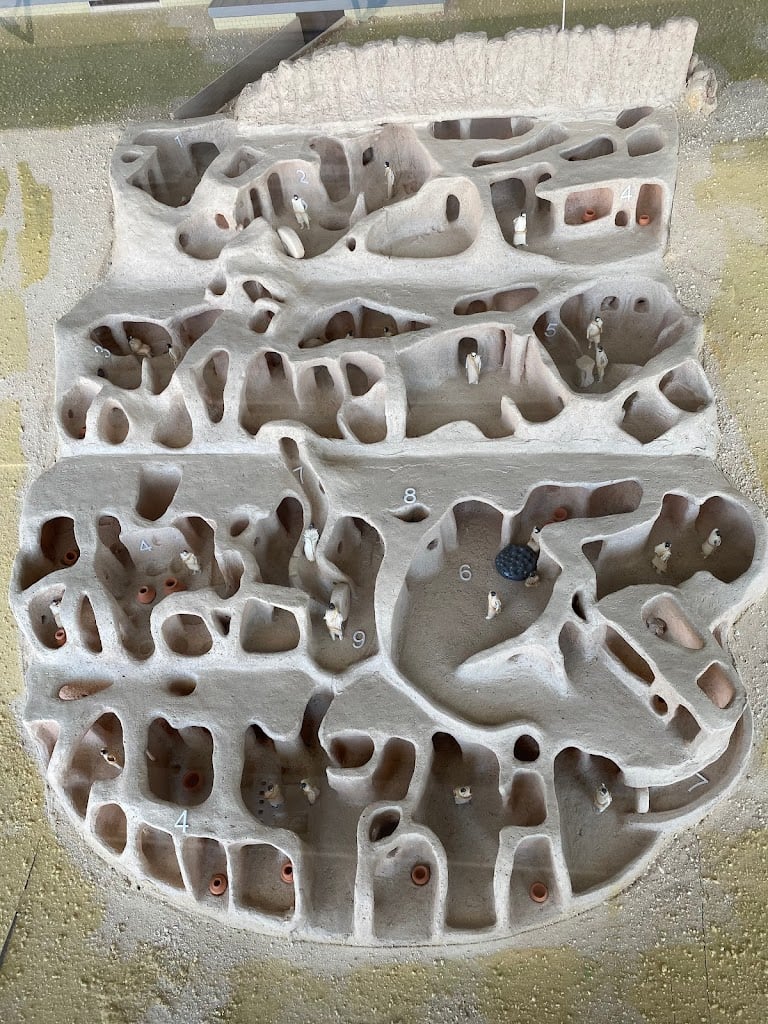Kaymakli Underground City





What people say
Pedro Pereira
Available for hire
"Kaymaklı, known in ancient times as Enegup, is a remarkable underground city located in the Cappadocia region of Turkey. The city’s origins can be traced back to the Phrygians, who are believed to have carved the first caves into the soft volcanic rock during the 8th to 7th centuries BC. As the Phrygian language faded away during Roman times and was replaced by Greek, the inhabitants, now converted to Christianity, expanded these caverns by adding chapels and Greek inscriptions, creating what is often referred to as Cappadocian Greek culture. The city was significantly enlarged during the Eastern Roman (Byzantine) era, serving as a refuge against Muslim Arab raids throughout the Arab–Byzantine wars from the 8th to the 12th centuries.
Kaymaklı is interconnected with the nearby Derinkuyu underground city via an extensive network of tunnels spanning approximately 8–9 kilometers (5.0–5.6 miles). Archaeological findings from these underground settlements date back to the Middle Byzantine Period, which lasted from the 5th to the 10th centuries AD. The city continued to serve as a refuge for Christian inhabitants, particularly during the Mongolian incursions of Timur in the 14th century. Following the Seljuk Turks' conquest, Kaymaklı's underground chambers became shelters against Turkish Muslim rulers. Reports from the early 20th century indicate that locals, known as Rûm (Eastern Romans), utilized the tunnels during periods of persecution, notably during the massacres in Adana in 1909.
The architectural design of the Kaymaklı underground city features nearly one hundred tunnels, with houses constructed around these passages. The tunnels are utilized today for various purposes, including storage, stables, and cellars. Unlike Derinkuyu, Kaymaklı's tunnels are lower, narrower, and more steeply inclined. The four accessible floors are organized around ventilation shafts, with the arrangement of each room or space depending on ventilation needs. The first floor includes a stable, a church accessed through a millstone door, and several living quarters.
Significant areas of the underground complex are found on the third floor, where storage facilities, kitchens, and wine or oil presses are located. A remarkable block of andesite, which bears relief textures, was used for cold-forming copper, showcasing the advanced metallurgical skills of the inhabitants. The top floor reveals a high number of storage rooms, indicating economic stability and the ability to support a large underground population. While only a fraction of the Kaymaklı complex is currently open to the public, its extensive history and architectural significance make it one of the largest underground settlements in Cappadocia."
Emi Geylan
Available for hire
"Kaymaklı Underground City is one of the most remarkable historical sites in Cappadocia, Turkey.
Carved into the soft volcanic rock beneath the surface, this vast underground complex consists of multiple levels and chambers, reaching depths of up to 20 meters (65 feet).
Originally built by the early Christians in the 8th-7th centuries BCE as a refuge from invading armies, Kaymaklı served as a thriving community with living quarters, kitchens, stables, and even churches.
You can explore the labyrinthine passages and marvel at the ingenious ventilation shafts, wells, and defensive features that allowed inhabitants to survive for extended periods underground.
A visit to Kaymaklı offers a fascinating glimpse into the ingenuity and resilience of ancient civilizations, making it a must-see destination.
Open every day.
Opening hours: 8:00am to 5:00pm
Tickets are $10."
Read more in:
Chai Yangandul
"Download the MuzeKart app in advance, carry headphones, and scan the QR code on the ticket to access the free audio tour. "
Read more in:
Mentioned in these guides
About Kaymakli Underground City
Get the inside scoop on Kaymakli Underground City from local experts, travel creators, and tastemakers. Browse genuine trip notes, Kaymakli Underground City reviews, photos, travel guides, and itineraries from real travelers and plan your trip with confidence.
Phone
Save this spot for later or start mapping out a new trip today
Try our AI Travel Assistant and get instant answers to any questions about your trip.
Ask ThatchGPT


